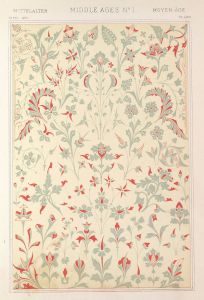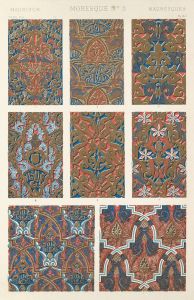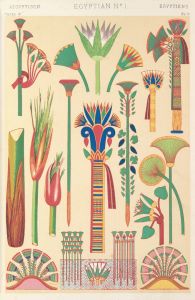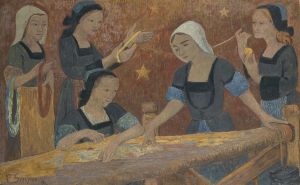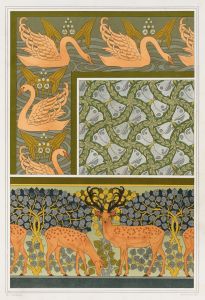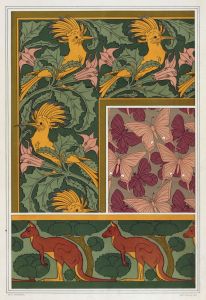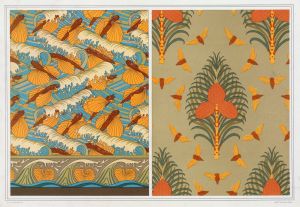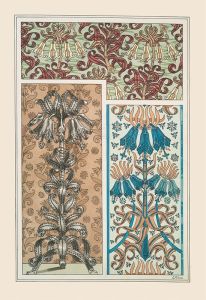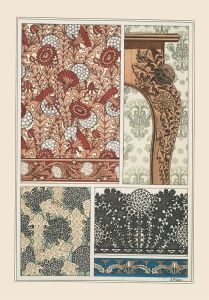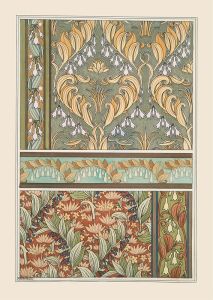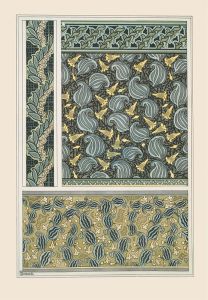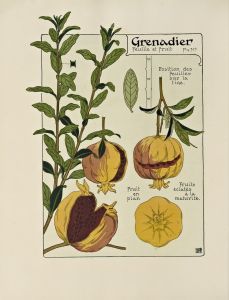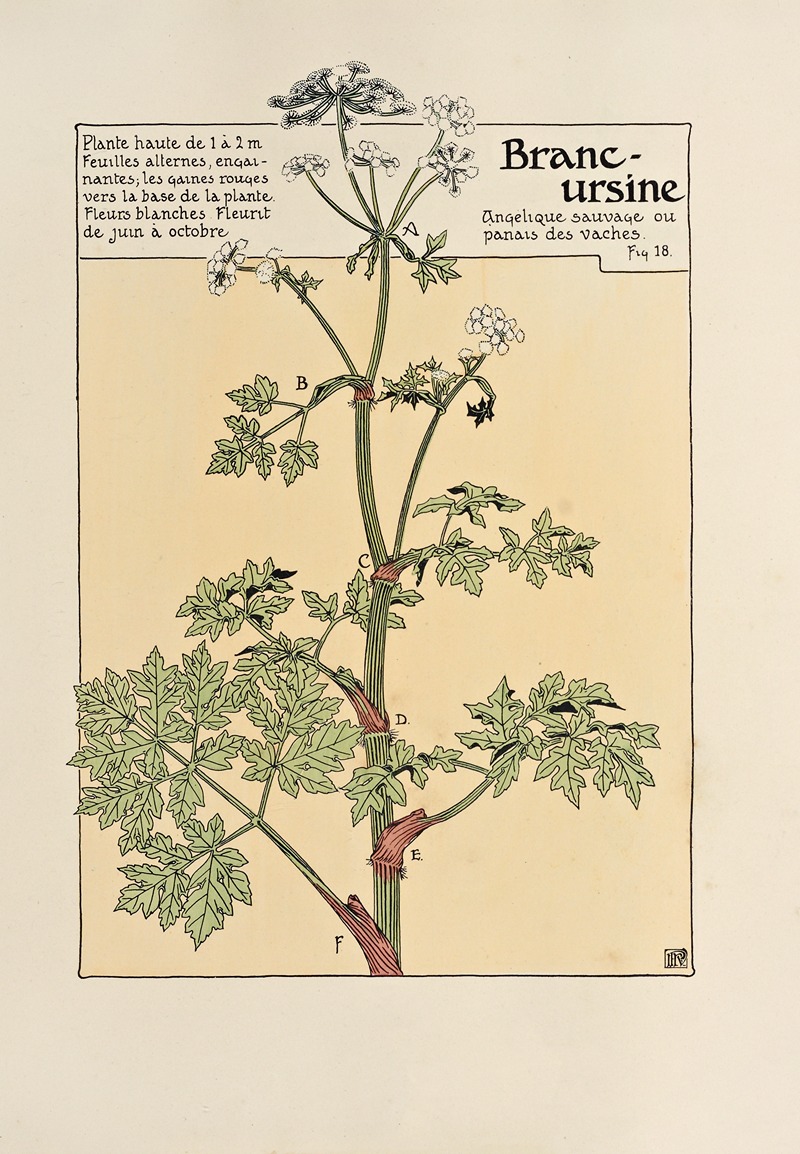
Branc-ursine
A hand-painted replica of Maurice Pillard Verneuil’s masterpiece Branc-ursine, meticulously crafted by professional artists to capture the true essence of the original. Each piece is created with museum-quality canvas and rare mineral pigments, carefully painted by experienced artists with delicate brushstrokes and rich, layered colors to perfectly recreate the texture of the original artwork. Unlike machine-printed reproductions, this hand-painted version brings the painting to life, infused with the artist’s emotions and skill in every stroke. Whether for personal collection or home decoration, it instantly elevates the artistic atmosphere of any space.
Maurice Pillard Verneuil (1869–1942) was a French artist and designer known for his contributions to the Art Nouveau movement. He specialized in decorative arts, creating designs for posters, wallpapers, ceramics, and textiles. Verneuil was particularly inspired by natural forms, which he incorporated into his work with a focus on stylization and ornamentation.
One of his notable works is "Branc-ursine," a decorative illustration that exemplifies his fascination with nature and his skill in transforming organic forms into intricate designs. The title "Branc-ursine" refers to the plant commonly known as bear's breeches (Acanthus mollis), a species frequently associated with classical architecture due to its use in Corinthian column capitals. Verneuil's depiction of the plant demonstrates his ability to reinterpret natural motifs in a way that aligns with the Art Nouveau aesthetic, characterized by flowing lines, symmetry, and a sense of movement.
"Branc-ursine" was likely created as part of Verneuil's broader body of work that aimed to provide inspiration for decorative arts and design. His publications, such as "L'animal dans la décoration" (1897) and "Étude de la plante" (1903), were influential in disseminating his ideas and designs to a wider audience. These works often featured detailed studies of plants and animals, showcasing Verneuil's meticulous attention to detail and his ability to stylize natural forms for artistic purposes.
The illustration "Branc-ursine" reflects Verneuil's commitment to merging art and nature, a hallmark of the Art Nouveau movement. By emphasizing the aesthetic qualities of the bear's breeches plant, he created a design that could be adapted for various decorative applications, from textiles to architectural ornamentation. The piece is a testament to Verneuil's role in bridging the gap between fine art and applied art, making his work both beautiful and functional.
While specific details about the creation date or the exact medium of "Branc-ursine" are not readily available, the work remains an example of Verneuil's innovative approach to design. His legacy continues to influence artists and designers who seek to draw inspiration from the natural world.





